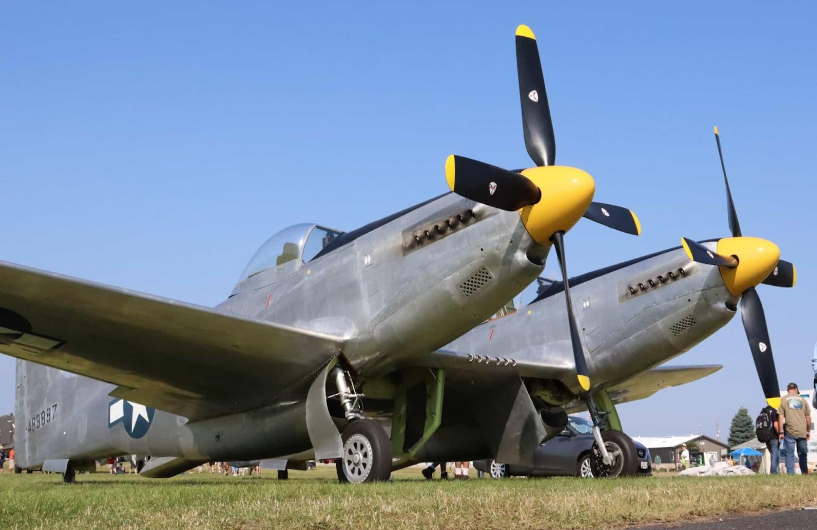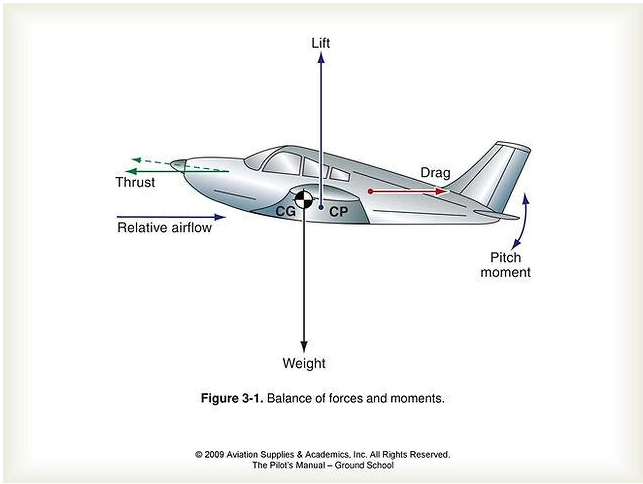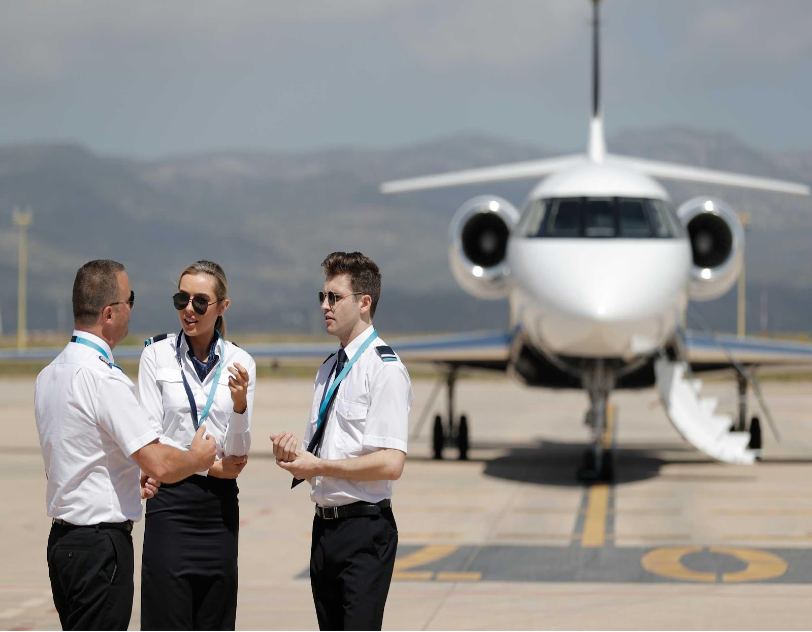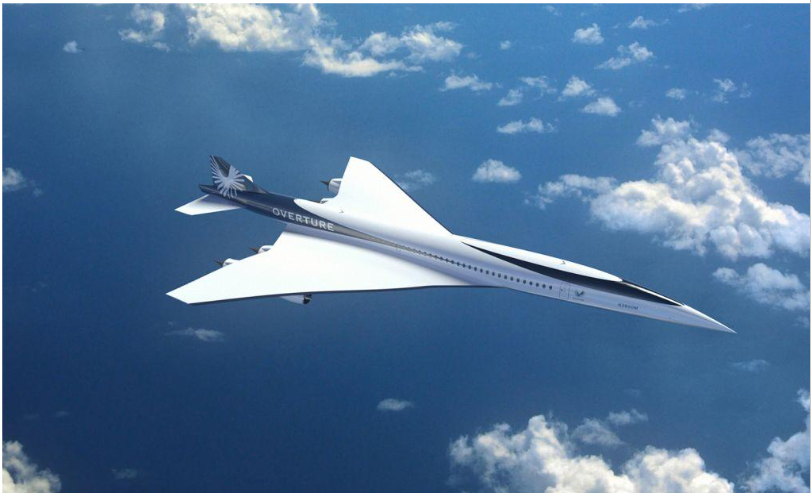Men have long dominated the aviation business, with a gender gap that remains for decades. But the Canadian aeronautics sector has seen a massive transformation in recent years. Womanish, marketable aviators are shattering stereotypes and breaking down barriers to become a driving force in the business. This blog will examine these remarkable women’s fascinating lives and tribulations, highlighting their contributions to Canadian aviation.
The Evolution of Female Commercial Pilots in Canada
Women have historically faced considerable impediments to admission and progress in the aviation business, which has historically been dominated by men. Nonetheless, Canadian aviation has been steadily changing over the past several decades as more women are opting to become commercial pilots. Various elements have a role in this change:
Changing Attitudes: As society’s attitudes towards gender roles have evolved, more women have been encouraged to pursue careers in traditionally male-dominated fields, including aviation.
Diversity efforts: To encourage women to enter the business and give them equal chances, Canadian airlines and aviation groups have begun to undertake diversity and inclusion efforts.
Educational Support: The availability of scholarships and educational programs tailored to women interested in aviation has played a crucial role in attracting more female pilots.
Challenges Faced by Female Commercial Pilots
In Canada, female commercial pilots still confront a number of obstacles in spite of recent advancements:
Gender Bias: Because some passengers and coworkers question women’s competence based just on their gender, gender bias is still a major barrier for women in the aviation industry.
Work-Life combine: Women who wish to combine their jobs with family life may find it especially difficult to do so because piloting is a demanding job that frequently requires long hours and inconsistent schedules.
Absence of Representation: Since women still represent up a small portion of the commercial pilot population, it may be challenging for them to locate mentors and role models who have successfully navigated comparable obstacles.
Stereotypes: The outdated stereotype of the “male pilot” can affect women’s confidence and their perception of their ability to succeed in the industry.
Remarkable Female Commercial Pilots in Canada
Despite these obstacles, several female commercial pilots in Canada have achieved distinction, illustrating that gender should never be an impediment to following one’s aspirations. Let’s look at the lives of a handful of these remarkable women:
Captain Judy Cameron is regarded as a trailblazer in Canadian aviation. She became the first female captain of a major North American airline in 1978. Many aspiring female pilots have achieved success as a result of her efforts.
Evelyne Barette, When she became the first female captain of an Air Canada Boeing 777, she created aviation history. Young women who wish to work in aviation may find her tale inspiring.
Captain Shantell Peters is the first female Indigenous commercial pilot in Canada. Her successes highlight the benefits of diversity and the need for more Indigenous representation in the aviation industry.
First Officer Lindsey Winger, First Officer Winger is an advocate for gender equality in aviation and has actively promoted initiatives to encourage more women to pursue careers as commercial pilots.
Breaking Stereotypes and Encouraging Future Generations
The inspiring tales of these extraordinary women serve as potent reminders that one’s gender should never stand in the way of realizing one’s potential. In addition to dispelling misconceptions, Canadian women who fly commercial aircraft are encouraging younger generations of women to pursue similar careers.
Motivating Youth Ambitious: Female pilots frequently give talks about their experiences at schools and universities, inspiring young ladies to think about pursuing careers in aviation. They contribute to dispelling gender preconceptions from an early age by doing this.
Mentoring Programs: A large number of female pilots actively participate in mentoring programs, offering advice and encouragement to prospective pilots as they negotiate the difficulties of the aviation sector.
Fighting for Gender Equality: These trailblazing women vigorously promote more possibilities and representation for women in the aviation sector as well as gender equality.
Conclusion
In Canada, female commercial pilots have overcome long-standing obstacles and preconceptions to achieve significant progress. Even if there are still difficulties, there has been unquestionable improvement recently, and these trailblazing women are paving the way for next generations of female pilots.
Their inspirational tales of tenacity, fortitude, and love of flying demonstrate that a person’s gender should never be a barrier to success in any endeavor, including the aviation sector. We become closer to a more inclusive and equitable future for all aspiring pilots, regardless of gender, as we honor their accomplishments and push for more diversity in the aviation industry.








Leave A Comment